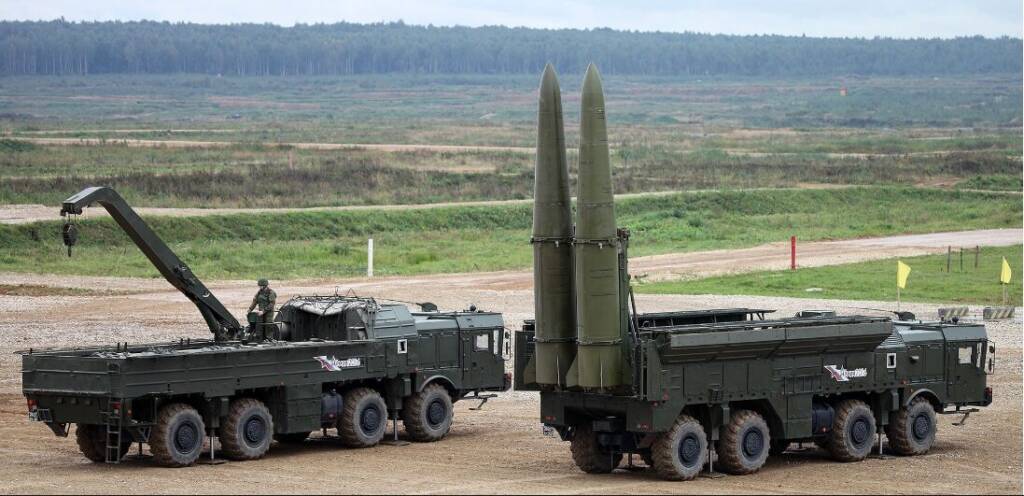The Patriot missile system is a cornerstone of US defense strategy. This impressive air defense system is essential for several reasons. First, its advanced radar serves as a watchful eye, capable of detecting and tracking a variety of threats, including aircraft, ballistic missiles, and drones. Its high-speed interceptor missiles then engage these threats at high altitudes, neutralizing them before they can cause harm. This multi-layered defense is vital for protecting critical infrastructure, military bases, and even allied nations.
Beyond its defensive capabilities, the Patriot system plays a significant role in deterring aggression. Its mere presence signals a strong US commitment to regional security, dissuading potential adversaries. Additionally, the system’s adaptability allows for continuous upgrades, ensuring it stays effective against evolving threats. In a world where missile proliferation is increasing, the Patriot system provides a crucial shield, safeguarding US interests and preventing conflicts.
Now, let’s consider the Iskander, a Russian mobile ballistic missile system (known as the SS-26 Stone by NATO). The Iskander poses a formidable threat due to its high maneuverability and destructive potential. These missiles, launched from trucks, can strike targets up to 500 kilometers away with either conventional or nuclear warheads. Their hypersonic speed (Mach 6-7) makes them challenging to intercept, while their maneuverable re-entry vehicles enhance their ability to evade missile defenses. Designed for precision strikes, the Iskander’s accuracy is further boosted by optional optical guidance systems. This combination of mobility, speed, and accuracy makes the Iskander a powerful weapon in battlefield scenarios. However, its proliferation raises concerns about potential escalation in regional conflicts.
On July 7, the Russian Ministry of Defense reported that missiles from the Iskander system had successfully taken out two launchers of the American-made Patriot anti-aircraft system, which had been supplied to Ukraine. “The crew of the Iskander operational-tactical complex targeted and struck the position of the Patriot anti-aircraft missile system of the Ukrainian Armed Forces near the village of Yuzhne in the Odessa region, resulting in the destruction of two Patriot air defense launchers and the Giraffe radar station,” stated the Ministry. They also released footage showing the destruction of the Patriot systems in the Odessa region.
Not one to take this lying down, Ukrainian Air Force Commander Mykola Oleshchuk challenged these claims. After videos from Russian reconnaissance drones showed missile strikes on Dolgintsevo airport in Kryvyi Rih, Dnipropetrovsk region, and a Patriot base near Yuzhne in the Odessa region, Oleshchuk took to his Telegram channel. He shared footage of the purported Iskander strike near Yuzhne on July 6, asserting that Ukrainian forces had successfully carried out passive defense measures.
“Thanks to everyone who provides quality models of aircraft and air defense systems. The enemy now has fewer Iskanders, and more models are on their way,” he stated. “Of course, both we and the enemy suffer losses in equipment and personnel. But neither side openly discusses this, for obvious reasons!” It’s important to note that Oleshchuk’s statement was made a day before the Russian Ministry’s announcement about the destruction of the two launchers.
The video quality is impeccable, showing no signs of editing or manipulation, which suggests authenticity. Nonetheless, Ukrainians are sticking to their narrative to ensure continued military support. The footage clearly shows two strikes, resulting in fireballs followed by plumes of smoke. Ukrainian internet commentators claimed that such a realistic explosion couldn’t come from a military target, clearly mistaking real life for a video game.
